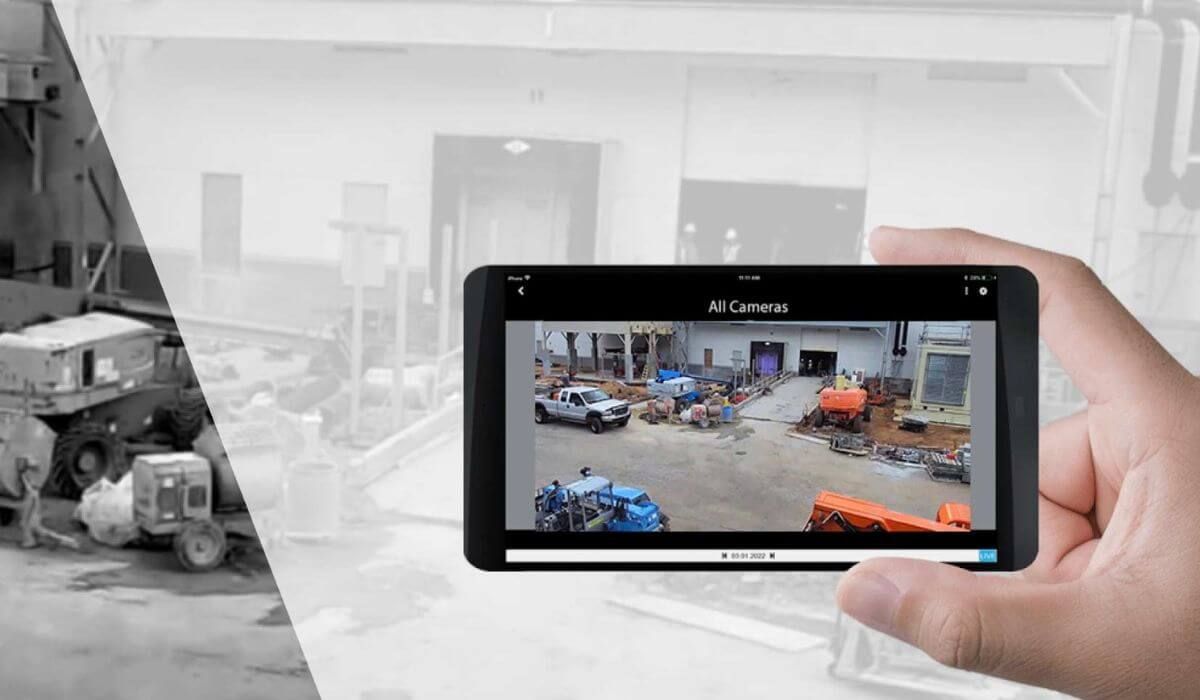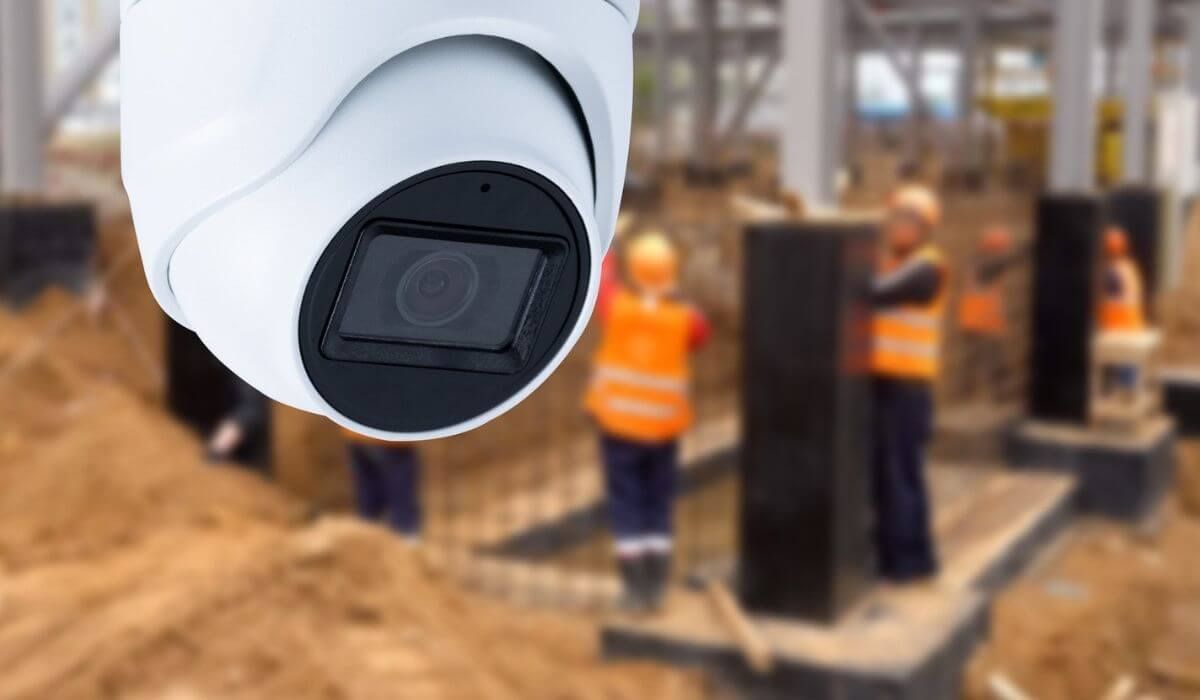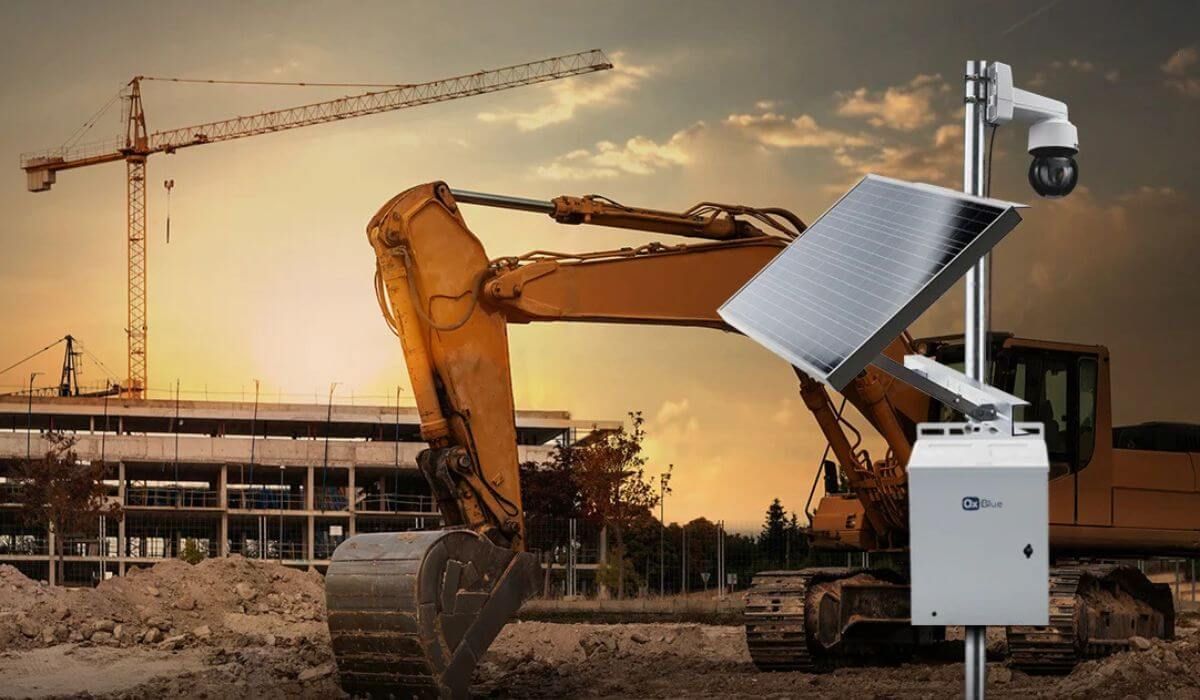Audio Visual Management in Hospitality
In Australia's competitive hospitality sector, delivering exceptional guest experiences is paramount. A pivotal element in achieving this is the integration of Audio Visual (AV) technology. Advanced AV solutions, such as digital signage, automated lighting, and immersive sound systems, not only captivate guests but also streamline operations. This article delves into the significance of Audio Visual Management in hospitality, highlighting its role in enhancing guest satisfaction and operational efficiency.
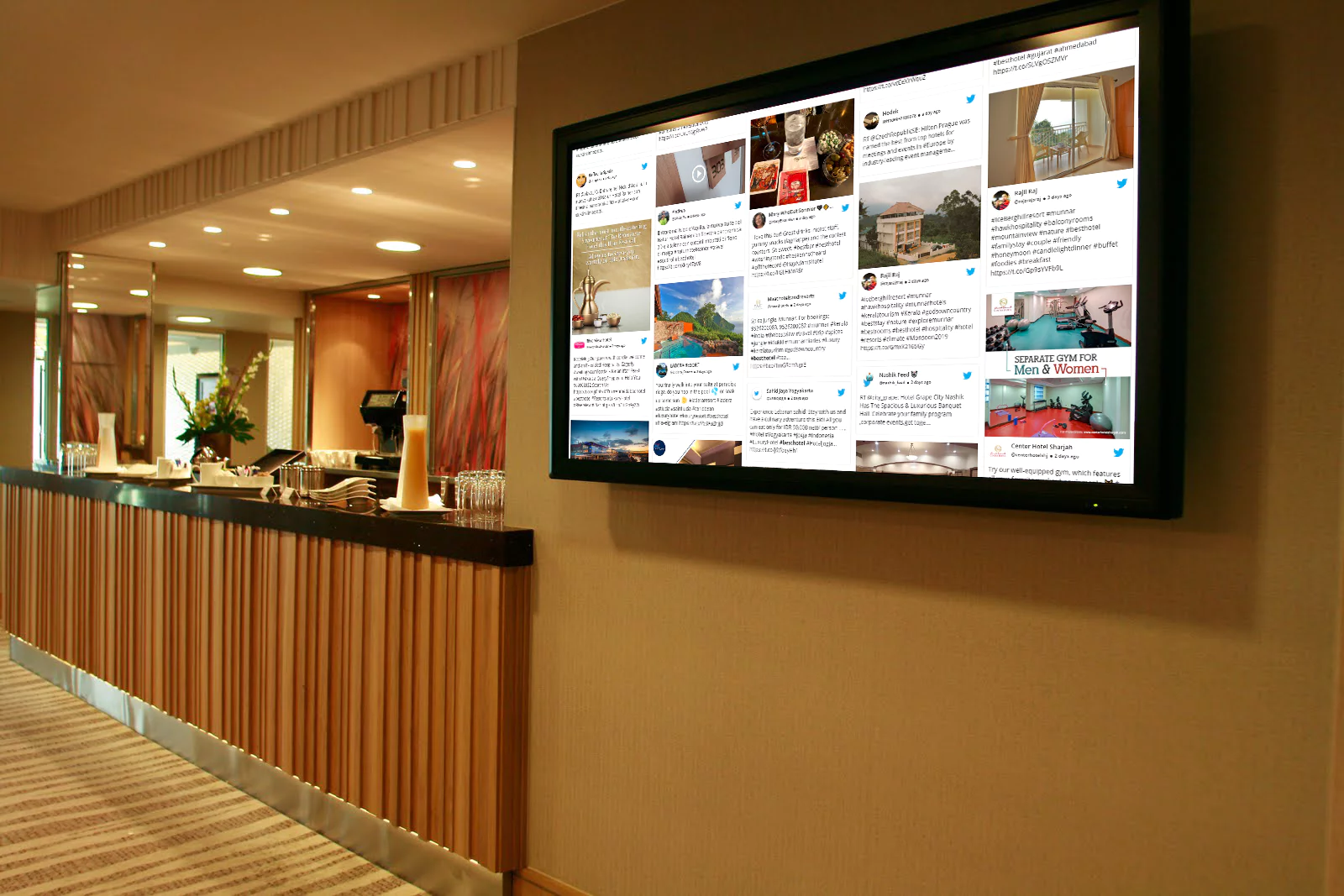
The Role of Audio Visual Technology in Hospitality
High-quality AV systems are instrumental in creating immersive environments within hotels, resorts, and restaurants. Digital displays can welcome guests personally, provide event information, and offer entertainment options. Background music and dynamic lighting further enrich the ambiance, positively influencing guests' moods and perceptions. Strategic use of AV technology differentiates hospitality brands, creating integrated, energized experiences that private homes cannot replicate.
Integrated AV solutions facilitate seamless communication between staff and guests, ensuring efficient service delivery. Automated systems adjust room settings - such as lighting, temperature, and entertainment - based on guest preferences, enhancing comfort. Additionally, smart conference room setups equipped with advanced AV technology improve business meetings and event management. AV technology helps brands create integrated, energized experiences in spaces like lobbies, and technology options in conference and collaboration spaces that private homes cannot compete with.
Key Components of Audio Visual Management in Hospitality
Effective Audio Visual (AV) management is essential in the hospitality industry, enhancing guest experiences and streamlining operations. The primary components of AV management include audio systems, visual displays, and lighting control.
Audio Systems
High-quality audio systems are fundamental in creating immersive environments within hospitality venues. These systems encompass microphones, speakers, amplifiers, and mixers, all working together to deliver clear and engaging sound. Strategic placement and calibration of these components ensure that audio is evenly distributed throughout the space, enhancing guest satisfaction. For instance, zoned audio solutions allow tailored soundscapes for different areas within a hotel or resort, ensuring that the audio experience aligns with the ambiance of each space.
Visual Displays
Visual elements significantly impact the ambiance and functionality of hospitality environments. Modern AV systems incorporate high-definition projectors, LED walls, interactive digital signage, and high-resolution screens to deliver engaging visual content. These displays can be used for various purposes, including providing information, promoting services, and enhancing entertainment options.
Interactive displays, such as touchscreens, allow guests to access information and services conveniently, improving their overall experience. Additionally, integrating technologies like Augmented Reality (AR) and Virtual Reality (VR) into visual displays offers immersive experiences, such as virtual tours and interactive exhibits, further enriching guest engagement.
Lighting Control
Lighting plays a crucial role in setting the mood and functionality of hospitality spaces. Automated lighting systems adjust brightness and color temperature based on the time of day, events, or guest preferences, creating comfortable and inviting environments. For example, dimmable lights in a restaurant can transition from bright settings during daytime to softer tones in the evening, enhancing the dining experience. Energy-efficient lighting solutions, such as LED fixtures, not only reduce operational costs but also support sustainability initiatives, aligning with the growing emphasis on environmental responsibility within the hospitality industry.
Integrating these AV components requires careful planning and coordination to ensure seamless operation and compatibility. Advanced control systems allow staff to manage audio, visual, and lighting elements from centralized interfaces, simplifying operations and enhancing efficiency. For instance, a unified control system enables staff to adjust lighting, audio, and visual settings in a conference room with a single touch, streamlining event setups and transitions. Moreover, integrating AV systems with other technologies, such as room management systems and mobile applications, provides personalized experiences for guests, such as adjusting room lighting and entertainment options through their smartphones.
Incorporating these key AV components not only elevates the guest experience but also contributes to operational efficiency and competitiveness in the hospitality industry. As technology continues to evolve, staying abreast of the latest AV innovations and integrating them thoughtfully will be essential for hospitality businesses aiming to meet the dynamic expectations of modern travelers.
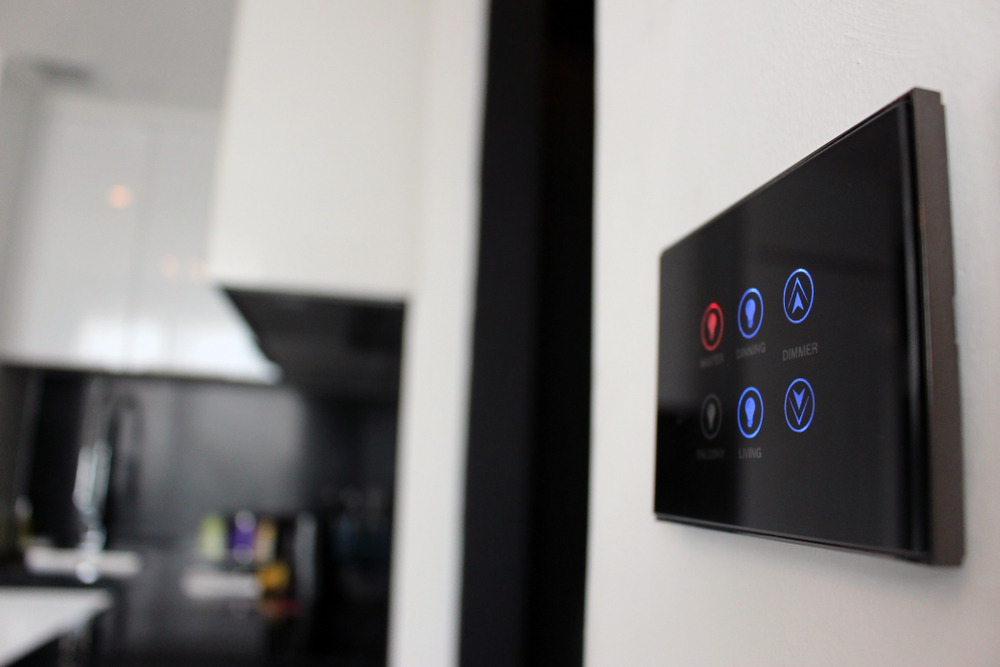
Benefits of Effective Audio Visual Integration
Improved Guest Satisfaction
Personalized AV experiences cater to individual preferences, significantly enhancing overall guest satisfaction. Hotels investing in premium AV solutions often receive higher customer ratings and positive feedback. Immersive AV experiences contribute to memorable stays, fostering brand loyalty.
Operational Efficiency
Centralized AV control systems reduce manual labor and streamline facility management. Smart systems minimize technical disruptions, ensuring smooth operations and allowing staff to focus on delivering quality service. Proactive monitoring of AV systems helps identify and resolve issues before they impact guests, maintaining operational efficiency.
Competitive Advantage
Implementing cutting-edge AV technology differentiates luxury hotels and conference centers from competitors. Unique digital experiences foster brand loyalty and encourage positive word-of-mouth referrals. Embracing AV technology positions businesses as innovative leaders in the hospitality industry, attracting tech-savvy travelers.
Challenges in Implementing Audio Visual Solutions
Cost Considerations
High initial investments may deter smaller hospitality businesses from adopting advanced AV solutions. However, the long-term benefits, such as energy savings and enhanced guest retention, often justify the initial expenditure. Investing in quality AV systems can lead to increased revenue through improved guest experiences and operational efficiencies.
Technological Complexity
Integrating AV technology with existing infrastructure requires meticulous planning and execution. Regular system updates and maintenance are essential to ensure continued functionality and adaptability to emerging technologies. Collaboration with experienced AV integrators can simplify the process, ensuring seamless integration and reliable performance.
Staff Training
Effective operation of AV systems necessitates comprehensive staff training. User-friendly interfaces and ongoing support can minimize operational disruptions and enhance the overall effectiveness of AV solutions. Proper training empowers staff to utilize AV systems efficiently, maximizing the return on investment.
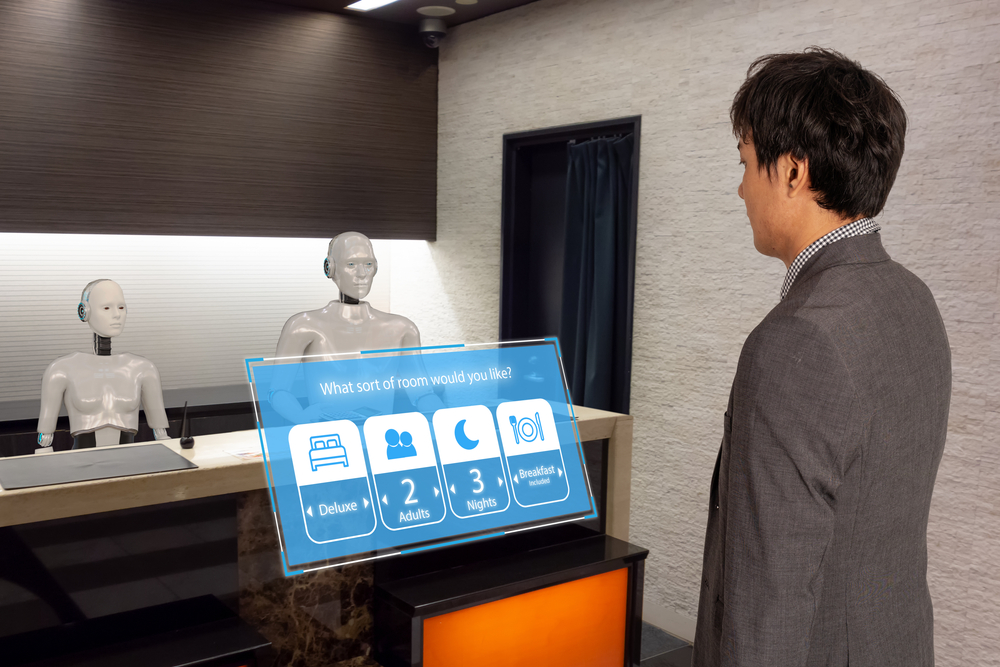
Future Trends in Hospitality Audio Visual Management
Artificial Intelligence and Automation
AI-driven AV solutions are revolutionizing guest experiences by personalizing settings based on individual preferences. Automated features, such as chatbots and voice-controlled room functionalities, enhance convenience and engagement. AI-powered operations streamline processes, meeting evolving guest expectations and enhancing satisfaction.
Virtual and Augmented Reality
Integration of VR and AR technologies offers immersive marketing experiences, virtual tours, and interactive entertainment options. AR-based wayfinding assists guests in navigating large properties with ease, enhancing their overall experience. These technologies create engaging environments, setting venues apart from competitors.
Sustainable AV Practices
Energy-efficient AV solutions are gaining prominence, aligning with global sustainability goals. Smart sensors and automated controls optimize energy consumption without compromising guest comfort, contributing to environmental conservation efforts. Implementing sustainable AV practices enhances brand reputation and appeals to environmentally conscious travelers.
Check out this article to know more about how technology is transforming architecture to be more energy efficient.
Conclusion
Audio visual management is pivotal in shaping modern hospitality experiences, balancing enhanced guest satisfaction with operational efficiency. As AV technology continues to evolve, embracing innovations such as AI, VR, and sustainable practices will be essential for hospitality businesses aiming to meet the expectations of tech-savvy travelers. Investing in advanced AV solutions not only elevates the guest experience but also drives long-term business success.
For tailored AV integration solutions that align with your business objectives, consider partnering with Scavi. Our expertise in AV technology ensures seamless implementation and support, enhancing your hospitality offerings.

